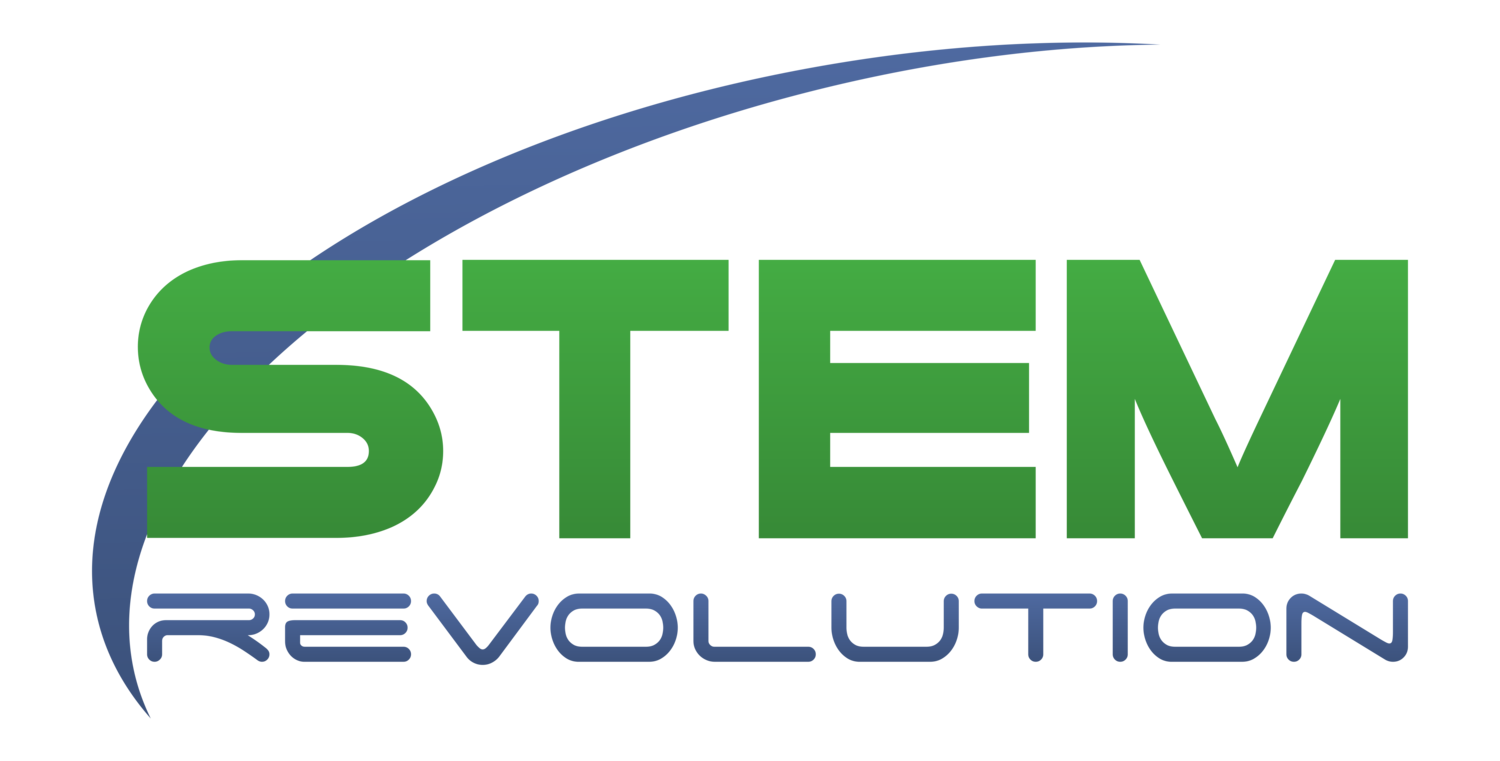I work in education. As much as I sometimes wish that I had chosen any other field of work, I know it’s what I do best. In my relatively short career I’ve been fortunate to take on a variety of roles; I’ve been a teacher, a coach, an administrator, a trainer, a consultant, and a developer. Education is so simple, but somehow we find a way to make it so complex. There’s no one person or group of people to blame for this, it’s just because schools are a microcosm of the world. And the world has problems. And this world increasingly wants quick fixes to these problems. So we develop new policy, new tests, more tests, new interventions, more expectations, higher expectations. And while none of this is intentionally bad we know for a fact that people have always and will always need slow solutions.
I was recently listening to a podcast in which the speaker talked about a world in need of slow solutions. In his words, “The spread of slow solution is a social process through the hard work of building trust through face to face long term relationships.”
His message highlighted two medical discoveries that led to improved medical practices. The practices he referred to were that of anesthesia and the warming of a infant baby through skin to skin contact.
He compared the spread of these practices to identify why one became a quick fix and the other was a slow solution. In summary, as soon as anesthetics was successfully practiced, it spread like wildfire throughout the world. It was a quick and amazing solution to a problem that needed it. On the other hand, he talked about the sad reality of infant mortality as a result of hypothermia. An infant’s body temperature can drop just a few degrees without the presence of any warning signs. This small change can be the difference between a child living and dying. Much of this can be prevented through the act of taking the child’s temperature and skin to skin contact between mother and child. This solution, unlike that of anesthesia was not spreading quickly.
Health officials in India realized the importance of spreading the value of this practice in hopes of reducing the country’s high infant mortality rate. After running campaigns and spreading the word as best they could, they soon realized that the slow solution wasn’t being spread because it almost seemed too simple and couldn’t be seen in the same amazing way as anesthesia. They discovered that a “slow solution” could not be spread in any other way than with face to face contact with another person. Afterall, a mother doesn’t win an award and a doctor doesn’t get recognized when a newborn baby and mother embrace with skin to skin contact. Knowing this, they assigned mentors to work one-on-one with nurses in the hospitals. These mentors weren’t trained to simply hand out flyers and show the nurses how to do their jobs, rather they were guided to develop relationships with the nurses, to befriend them, and build their trust. And in doing so, to spread the slow solution.
In my work with STEM Revolution I have been fortunate to work with many incredible educators and visit excellent schools throughout the world. From that, here is my non-scientific based research. Schools that make the most positive impact on students are committed to the slow solution. There is a clear vision for the learning community, teachers feel supported and because of that support they possess the willingness and perseverance to the slow solution.
I am so proud to work with a group of people who embrace being part of the slow solution of transforming education to be real and meaningful for all students around the world. From our Founder Dr. Finman all the way to our technical support team, we embrace the slow change through a commitment to building long term and trusting relationships. The work we do supports the the work of great educators and amazing schools, it doesn’t replace it.
We are so grateful for our committed trainers and those who continue to trust us to be a part of their “slow process”. Keep going, it’s all worth it!

